Remembering Paulo Mendes da Rocha (1928-2021)
Paulo Mendes da Rocha – one of Brazil's most important architects and one of the world's last great modernists – has passed away in Sao Paulo at the age of 92
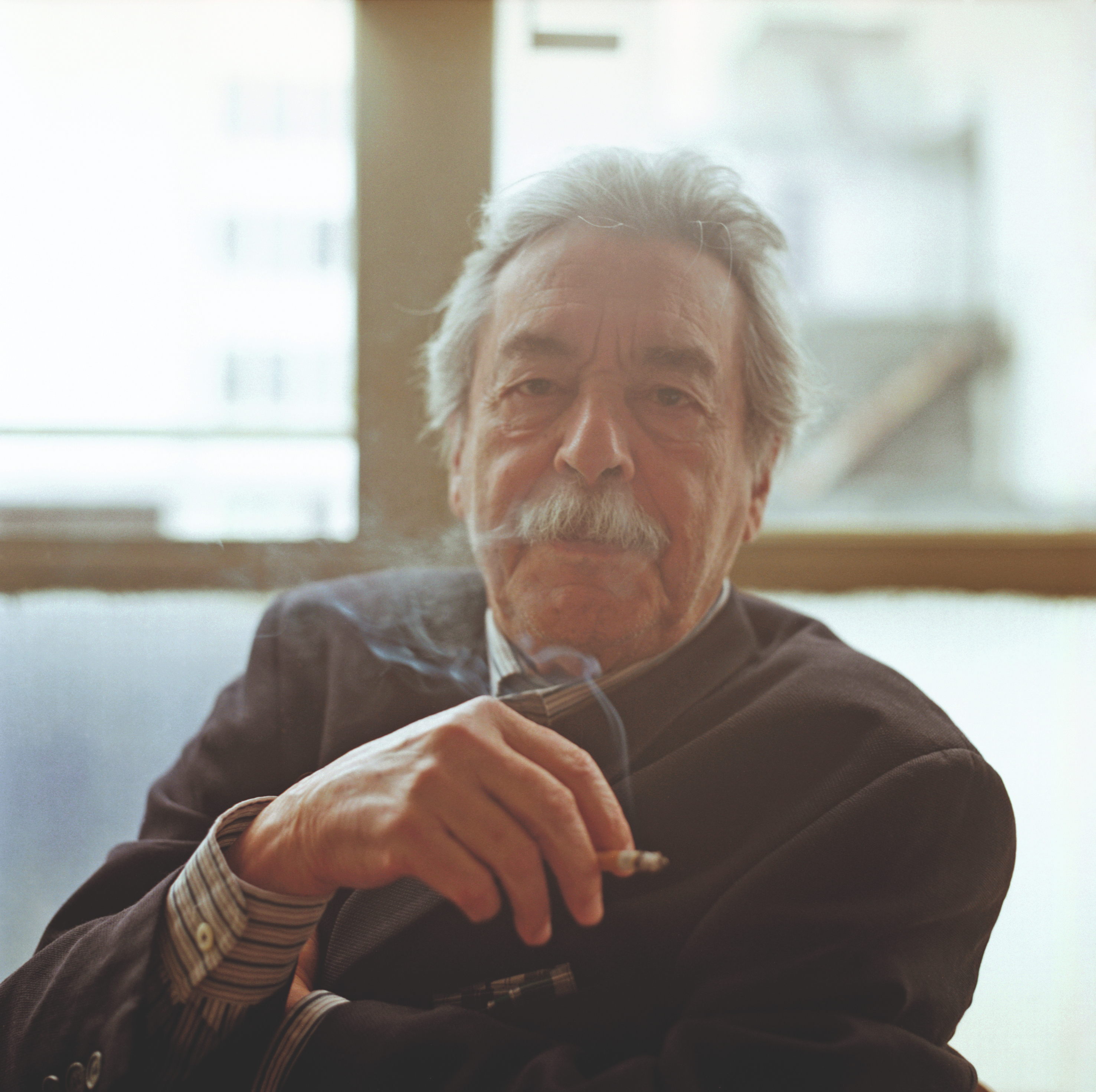
Paulo Mendes da Rocha, one of the world's last great modernists, as well as one of his country's most important architects to-date, has passed in Brazil at the age of 92. Blending beautiful, powerful architectural forms while looking at issues of social engagement, Mendes da Rocha turned his hand to anything from private housing, large-scale, public architecture and furniture; always with a profound sense of materiality, and a flair for creating architecture that is both functional and emotive, defined by bold yet sensitive moves. The architect has spoken about architecture's impact on the socio-geographic map and urban revitilization, a topic he touched upon also when he became Wallpaper's advisor for the June 2010 ‘Born in Brazil' issue.
‘Paulo Mendes da Rocha of Sao Paulo, Brazil, inspired by the principles and language of modernism, as well as through his bold use of simple materials, has over the past six decades produced buildings with a deep understanding of the poetics of space. He modifies the landscape and space with his architecture, striving to meet both social and aesthetic human needs,' the jury's citation read, when the great master won the 2006 Pritzker Prize.
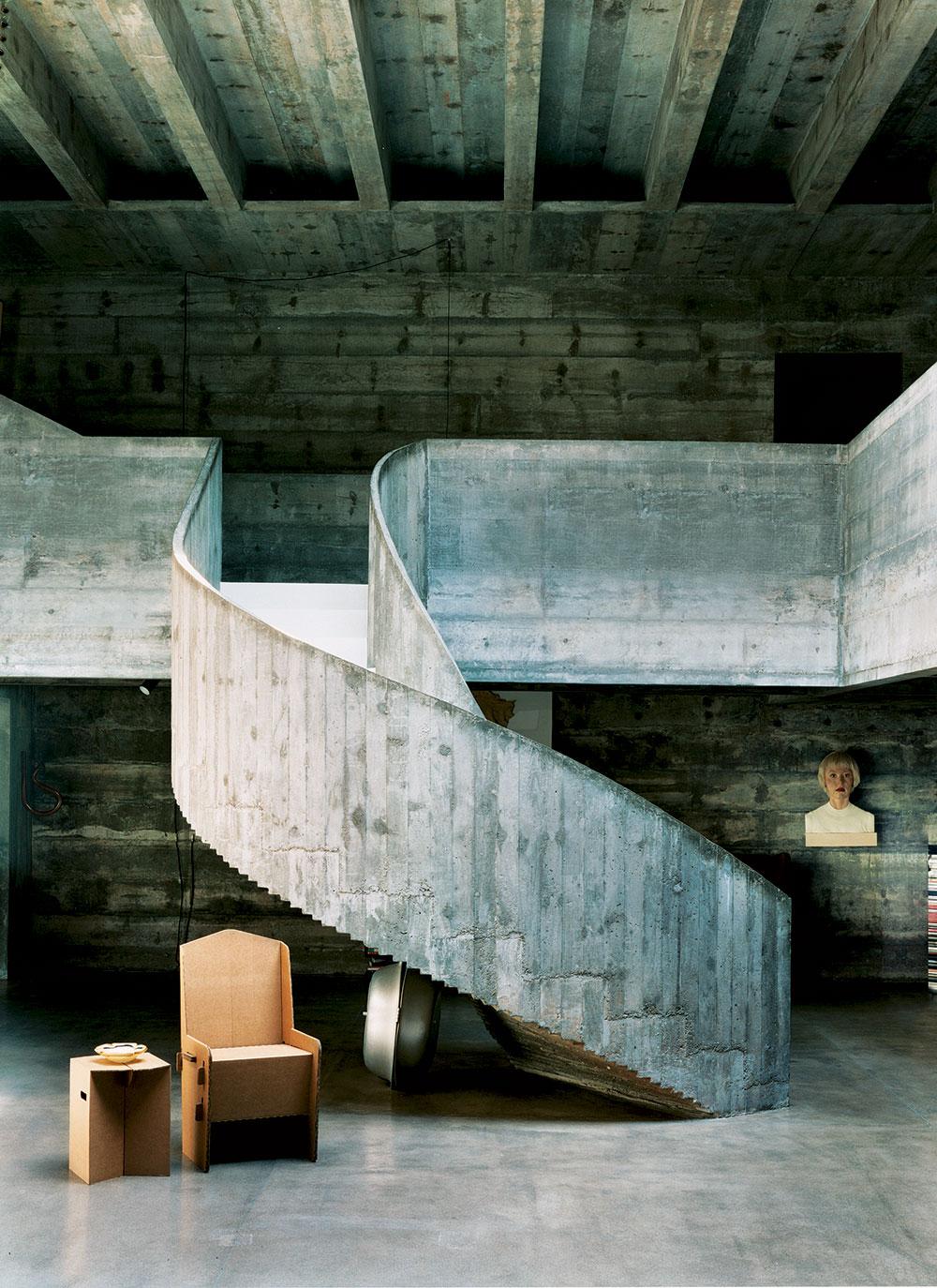
At Casa Millán, aspiral staircase leads up to the bedrooms. Beneath it is a cardboard table and chair by Brazilian group 100T and a piece by Brazilian sculptor Marepe.
Paulo Mendes da Rocha was born in Brazil's Vitoria in 1928, and after receiving his architecture degree in 1954, he set up his independent office in Sao Paulo in 1955. He went on to complete a slew of buildings in the country – many of them in Sao Paulo. There, his cultural work – such as the Paulistano Athletic Club (1958), the Museum of Contemporary Art (1975) at the University of São Paulo, the Forma Furniture showroom (1987) and the Brazilian Sculpture Museum (1987-1992) – has played a key part in the city's development and heritage. Further well known designs include the Paulistano chase longue (1957), Casa Millán for art dealer Eduardo Leme, and the architect's own home, Casa Butantã (1964).
Working mostly with simple, geometric forms in naked concrete, his buildings helped define the country's expression of the Modernist movement – often referred to as ‘Brazilian Brutalism'. Although Mendes da Rocha's work feels rawer, moodier, and more angular and grounded, compared to, for example, Oscar Niemeyer's – another great proponent of Brazilian architecture, whose forms are often characterised by sweeping curves and floating white domes.

For the Lisbon renovation work, the back of the property in the Lapa district has been completely remodelled in concrete and now features a pool terrace and an origami-like corner window framing views of the estuary.
While the vast majority of his work is within his home country, Mendes da Rocha's influence has been felt far beyond Brazil's borders. His long string of honours, awards and prizes attest to that. The architect scooped the Mies van der Rohe prize for Latin American Architecture (2000), the aforementioned Pritzker, and the Venice Biennale Golden Lion for lifetime achievement in 2016, among many others. At the same time, he also completed a smaller pool of works abroad, such as the renovation of a small apartment block into a family home in Lisbon, which he completed in 2018 together with local architect Inês Lobo, and the Museu dos Coches, also in Portugal (2015), which won Best Building Site in the Wallpaper* Design Awards in 2013.
With Paulo Mendes da Rocha's passing coinciding with the opening weekend of the 2021 Venice Architecture Biennale, where architects from across the globe come together to discuss ‘How will we live together?' and architecture's social role, it becomes even more apparent how much the great master's absence will be felt acutely throughout the industry.
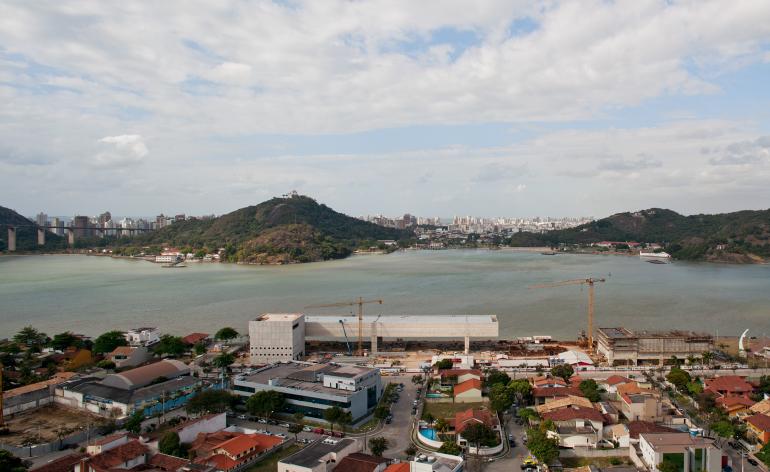
Cais Das Artes, Brazil, by Paulo Mendes da Rocha and Metro Arquitetos scooped a Best Building Site gong at the 2013 Wallpaper* Design Awards.
Receive our daily digest of inspiration, escapism and design stories from around the world direct to your inbox.
Ellie Stathaki is the Architecture & Environment Director at Wallpaper*. She trained as an architect at the Aristotle University of Thessaloniki in Greece and studied architectural history at the Bartlett in London. Now an established journalist, she has been a member of the Wallpaper* team since 2006, visiting buildings across the globe and interviewing leading architects such as Tadao Ando and Rem Koolhaas. Ellie has also taken part in judging panels, moderated events, curated shows and contributed in books, such as The Contemporary House (Thames & Hudson, 2018), Glenn Sestig Architecture Diary (2020) and House London (2022).
-
 A day in Ahmedabad – tour the Indian city’s captivating architecture
A day in Ahmedabad – tour the Indian city’s captivating architectureIndia’s Ahmedabad has a thriving architecture scene and a rich legacy; architect, writer and photographer Nipun Prabhakar shares his tips for the perfect tour
-
 You can now stay in one of Geoffrey Bawa’s most iconic urban designs
You can now stay in one of Geoffrey Bawa’s most iconic urban designsOnly true Bawa fans know about this intimate building, and it’s just opened as Colombo’s latest boutique hotel
-
 Pentagram’s identity for eVTOL brand Vertical Aerospace gives its future added lift
Pentagram’s identity for eVTOL brand Vertical Aerospace gives its future added liftAs Vertical Aerospace reveals Valo, a new air taxi for a faster, zero-emission future, the brand has turned to Pentagram to help shape its image for future customers
-
 The Architecture Edit: Wallpaper’s houses of the month
The Architecture Edit: Wallpaper’s houses of the monthFrom wineries-turned-music studios to fire-resistant holiday homes, these are the properties that have most impressed the Wallpaper* editors this month
-
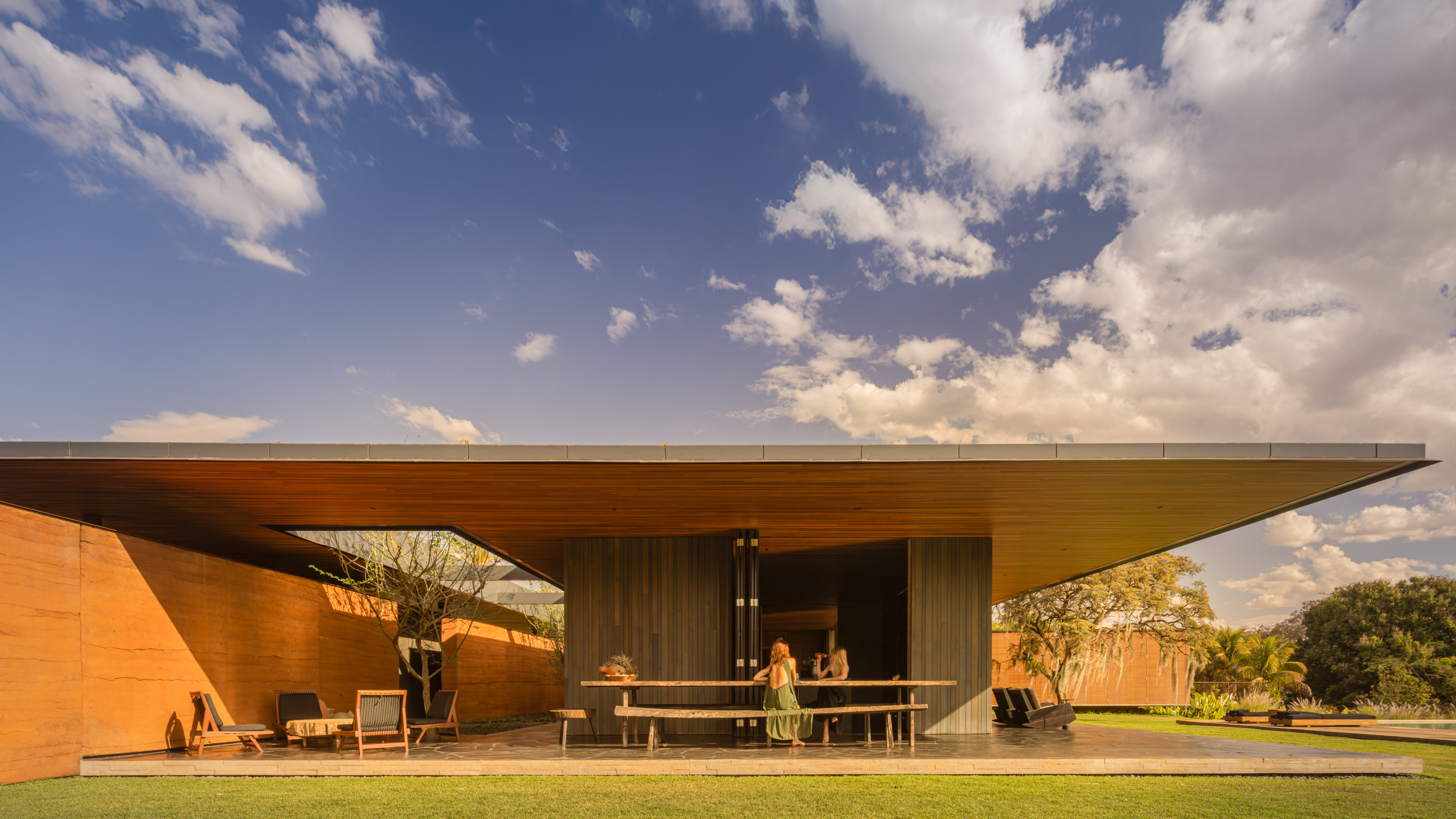 A spectacular new Brazilian house in Triângulo Mineiro revels in the luxury of space
A spectacular new Brazilian house in Triângulo Mineiro revels in the luxury of spaceCasa Muxarabi takes its name from the lattice walls that create ever-changing patterns of light across its generously scaled interiors
-
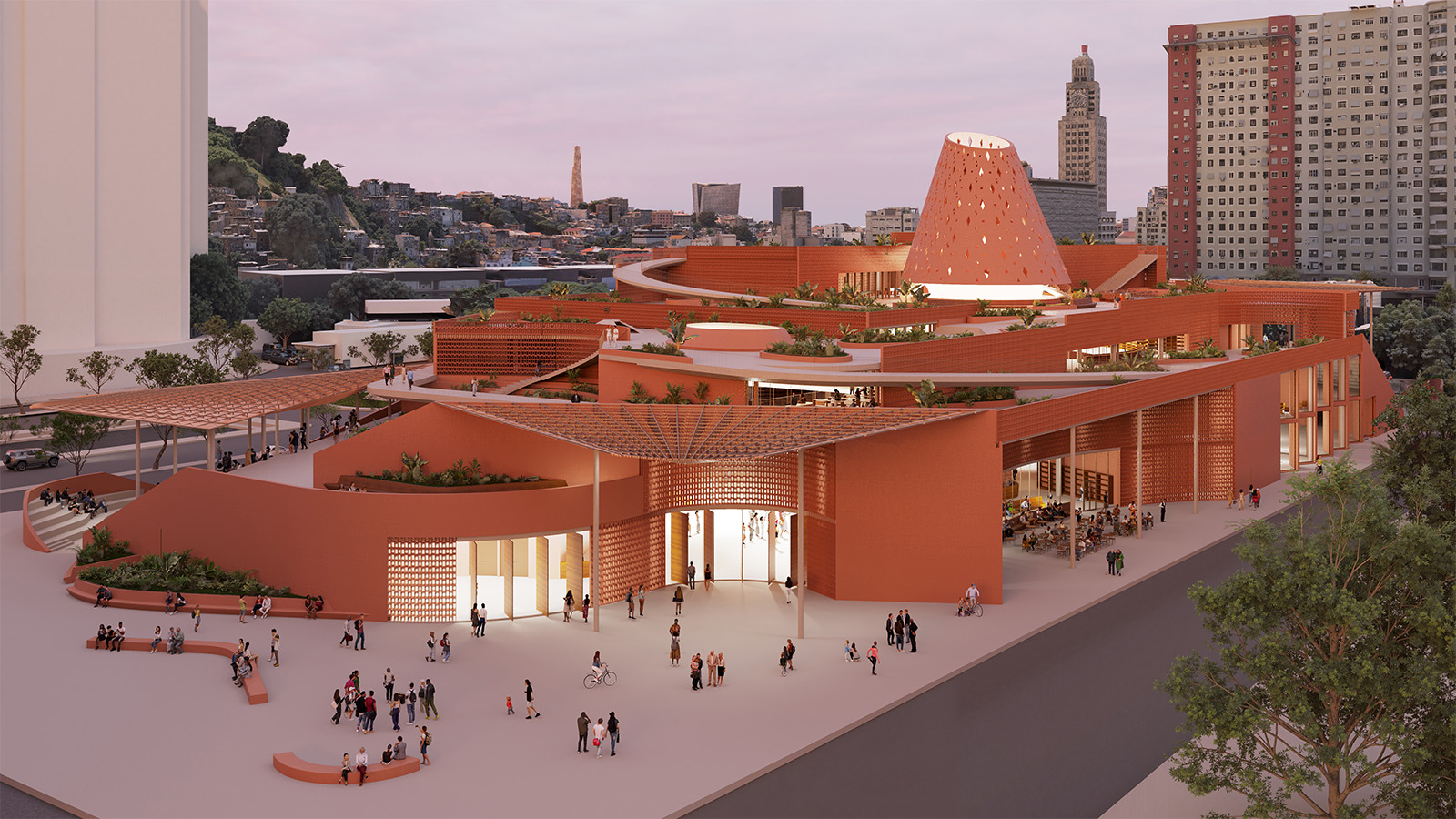 An exclusive look at Francis Kéré’s new library in Rio de Janeiro, the architect’s first project in South America
An exclusive look at Francis Kéré’s new library in Rio de Janeiro, the architect’s first project in South AmericaBiblioteca dos Saberes (The House of Wisdom) by Kéré Architecture is inspired by the 'tree of knowledge', and acts as a meeting point for different communities
-
 A Brasília apartment harnesses the power of optical illusion
A Brasília apartment harnesses the power of optical illusionCoDa Arquitetura’s Moiré apartment in the Brazilian capital uses smart materials to create visual contrast and an artful welcome
-
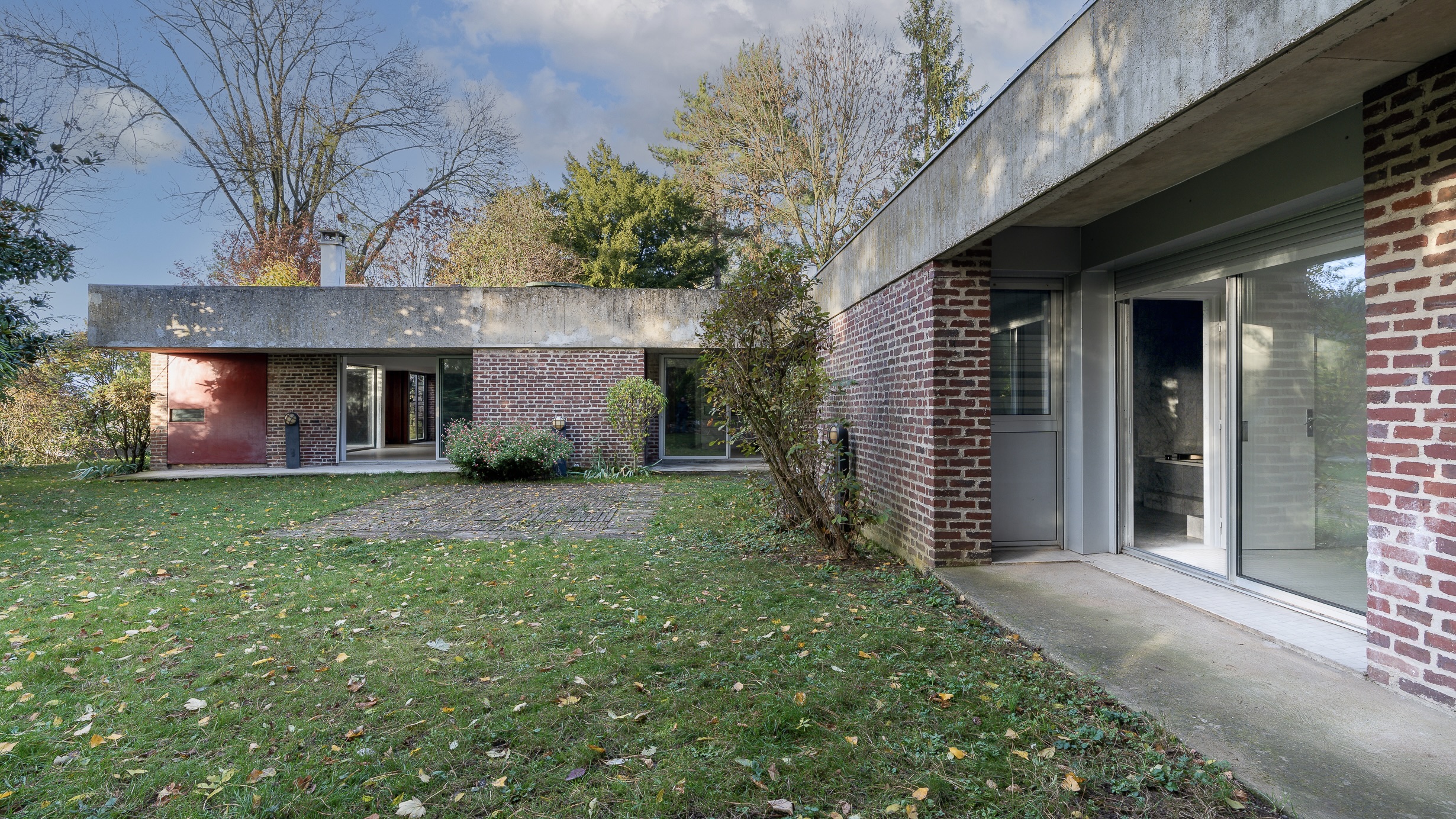 This modernist home, designed by a disciple of Le Corbusier, is on the market
This modernist home, designed by a disciple of Le Corbusier, is on the marketAndré Wogenscky was a long-time collaborator and chief assistant of Le Corbusier; he built this home, a case study for post-war modernism, in 1957
-
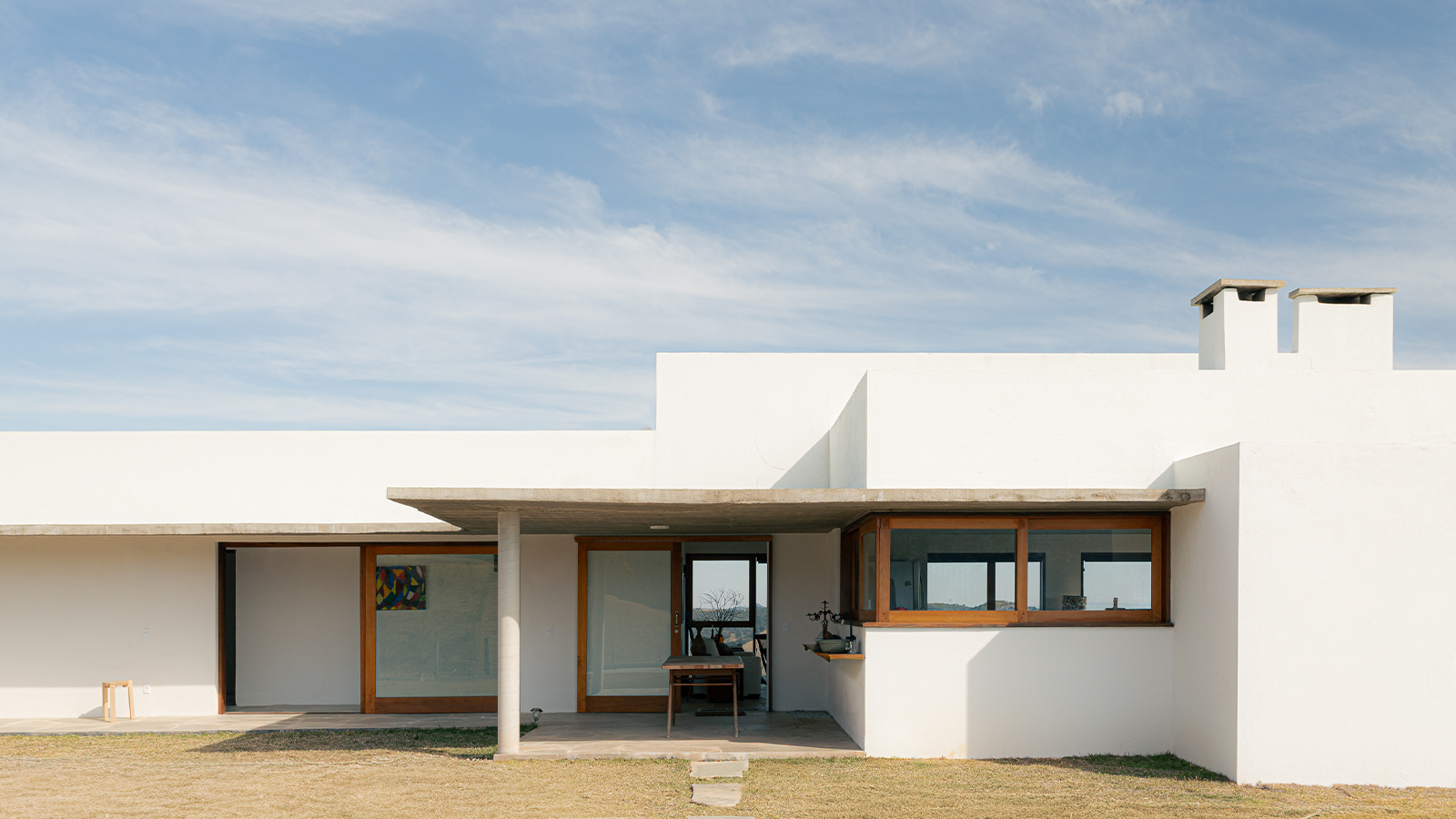 Inspired by farmhouses, a Cunha residence unites cosy charm with contemporary Brazilian living
Inspired by farmhouses, a Cunha residence unites cosy charm with contemporary Brazilian livingWhen designing this home in Cunha, upstate São Paulo, architect Roberto Brotero wanted the structure to become 'part of the mountains, without disappearing into them'
-
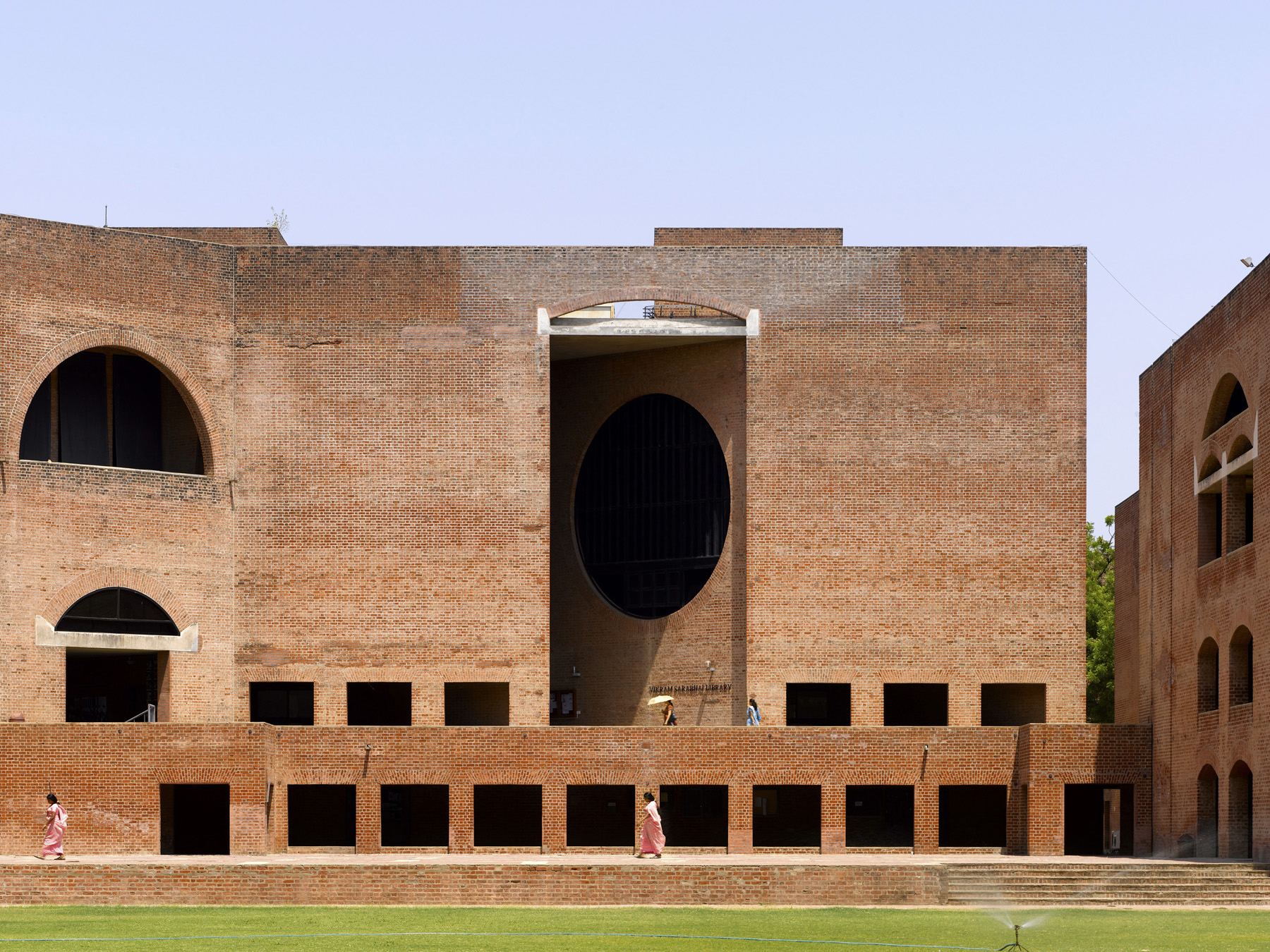 Louis Kahn, the modernist architect and the man behind the myth
Louis Kahn, the modernist architect and the man behind the mythWe chart the life and work of Louis Kahn, one of the 20th century’s most prominent modernists and a revered professional; yet his personal life meant he was also an architectural enigma
-
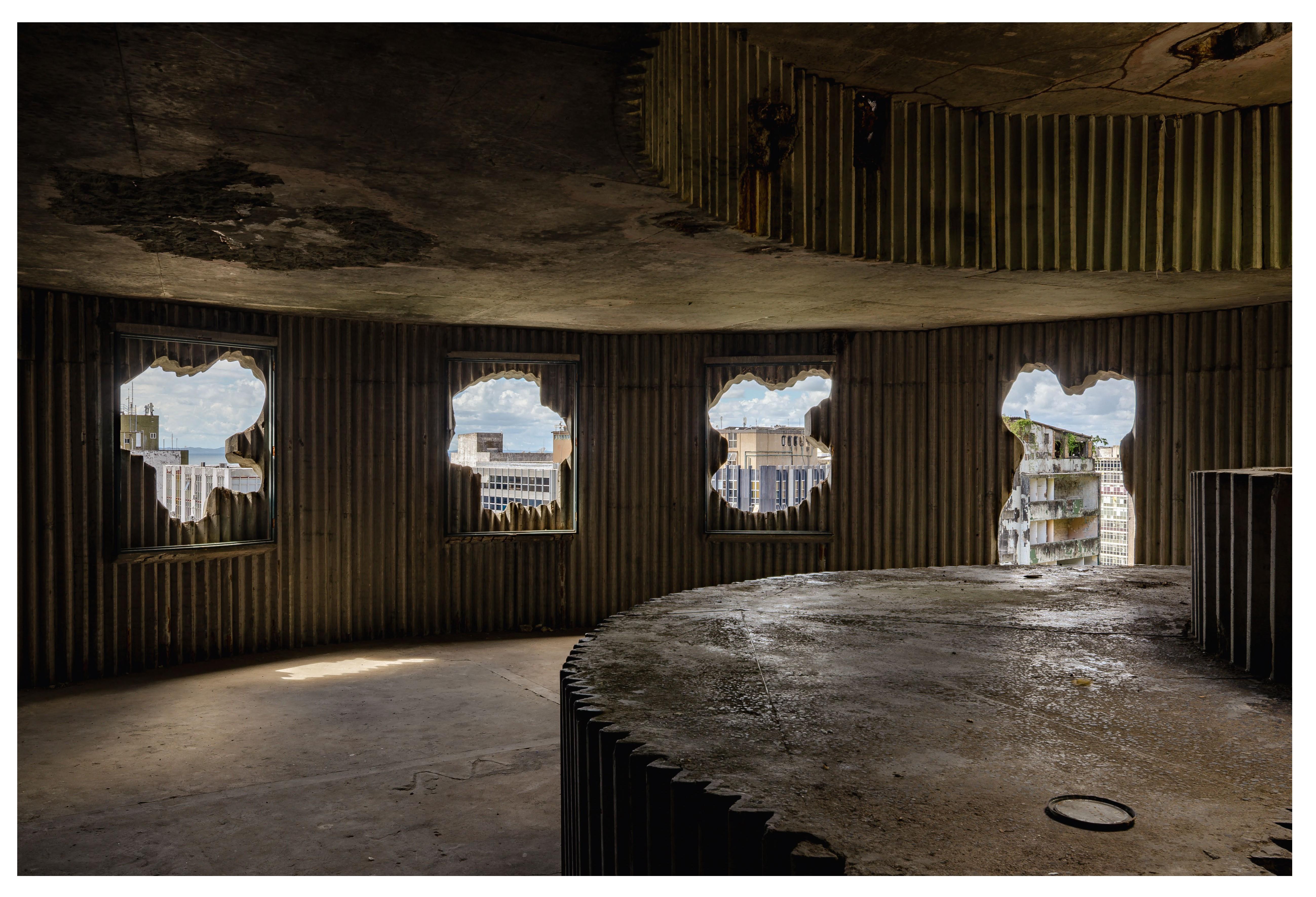 Arts institution Pivô breathes new life into neglected Lina Bo Bardi building in Bahia
Arts institution Pivô breathes new life into neglected Lina Bo Bardi building in BahiaNon-profit cultural institution Pivô is reactivating a Lina Bo Bardi landmark in Salvador da Bahia in a bid to foster artistic dialogue and community engagement